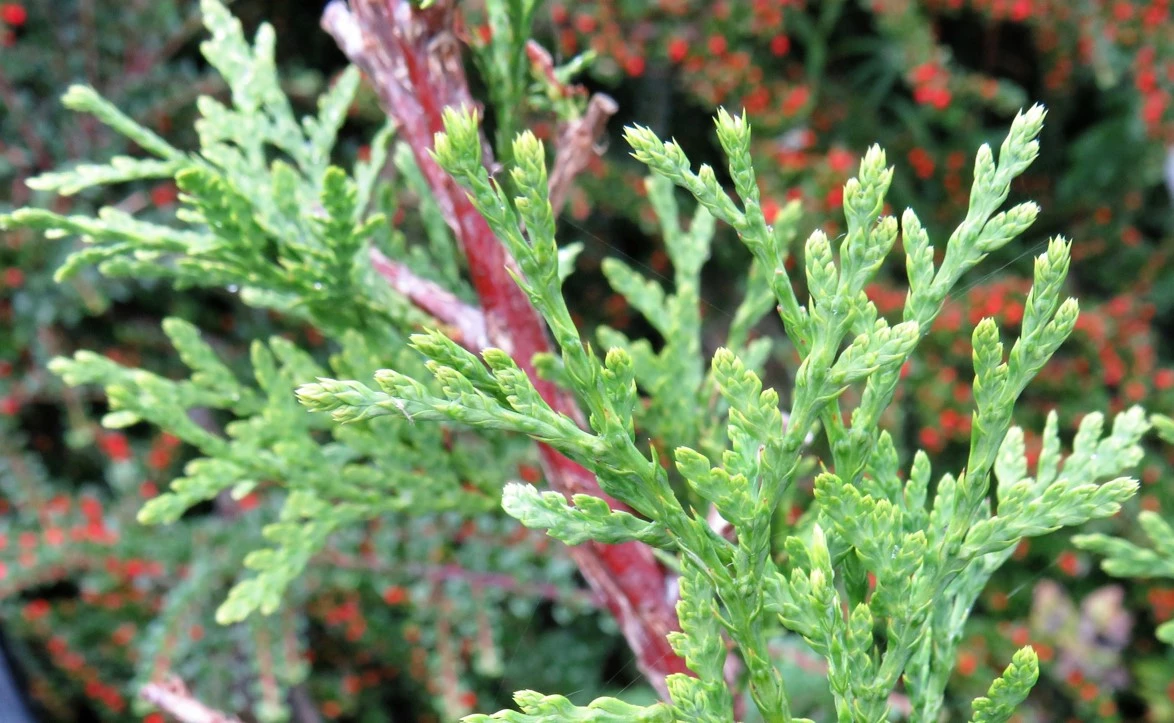It has long been known that plants can help mitigate air pollution in urban environments. New research reinforces such findings, showing that "tredges" planted around schoolyards can help protect children from traffic-derived airborne particles.
In the study, which was led by Lancaster University's Prof. Barbara Maher, rows of tredges (trees serving as head-height hedges) were installed around three Manchester schoolyards during the summer holidays of 2019. All of the yards were located next to busy roads.
One of the schools received ivy tredges, another got western cedar, and a third received a mix of western red cedar, Swedish birch and an inner juniper hedge. A fourth schoolyard, which served as a control, was left without a tredge of any sort.
When air quality readings taken within and outside of the yards were analyzed, it was found that the pure red cedar tredges performed best. More specifically, they blocked 49% of black carbon particles, along with 26% of PM2.5 and PM1 microparticles emitted by passing traffic. The cedar tredges additionally helped lessen the severity of sudden acute spikes in air pollution occurring within the schoolyard.

It is believed that the superior performance of the red cedar is due to tiny corrugated projections on its leaves, which trap passing airborne particles. Those particles are subsequently washed out by the rain, going into the soil or down storm drains. The process then begins over again, as the leaves are able to collect more particles.
By contrast, the smooth waxy leaves of the ivy tredges did physically block some particles, but they weren't nearly as good at actually trapping and holding onto them.
"Our findings show that we can protect school playgrounds with carefully chosen and managed tredges, which capture air pollution particulates on their leaves," said Maher. "This helps to prevent at least some of the health hazards imposed on young children at schools next to busy roads where the localized air quality is damagingly poor, and it can be done quickly and cost-effectively."
The research is described in a paper that was recently published in the journal Scientific Reports.
Source: Lancaster University




